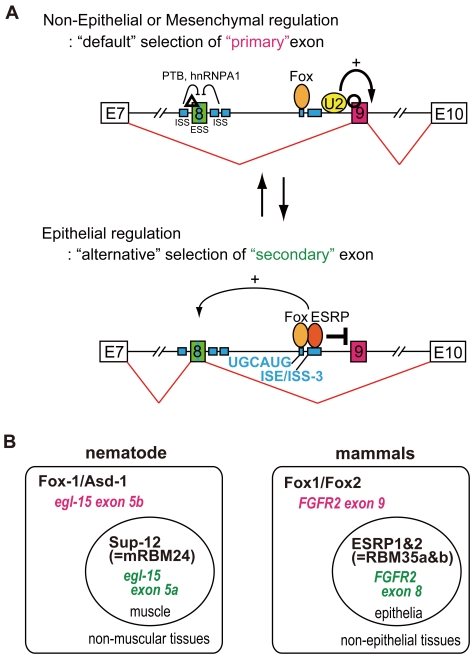Figure 8. Model for tissue-specific splicing regulation of FGFR2 gene.
(A) “The Knight's Fork” regulation model: In non-epithelial or mesenchymal tissues, exon 9 is chosen as “primary” exon due to its stronger 3′ splice site than exon 8 (“default” selection to choose “primary” exon). In epithelial tissues, “key regulators” repress exon 9 utilizing its 3′ splice site dependency for exon recognition and cause switch to “secondary” exons (“alternative” selection to choose “secondary” exon). A small number of “key regulators” can control two mutually exclusive exons through modifying ordered splice-site recognitions in a tissue-specific manner, resembling the way that a chess piece can simultaneously attack a rook and check the king. (B) In nematode, mutually exclusive splicing of the worm FGFR homologue gene of egl-15 is regulated by the cooperation of broadly expressed Fox-1/ASD-1 family and the muscle-specific RNA binding motif protein (RBMs) of SUP-12 (a worm homologue of mRBM24), which act together to repress inclusion of alternative exon 5B to promote muscle-specific expression of exon 5A. In the case of mammalian FGFR2, the Fox family cooperates with the tissue-specific factor ESRPs (RBM35a and b) to repress alternative inclusion of exon 9 and to promote epithelial tissue-specific expression of exon 8.

